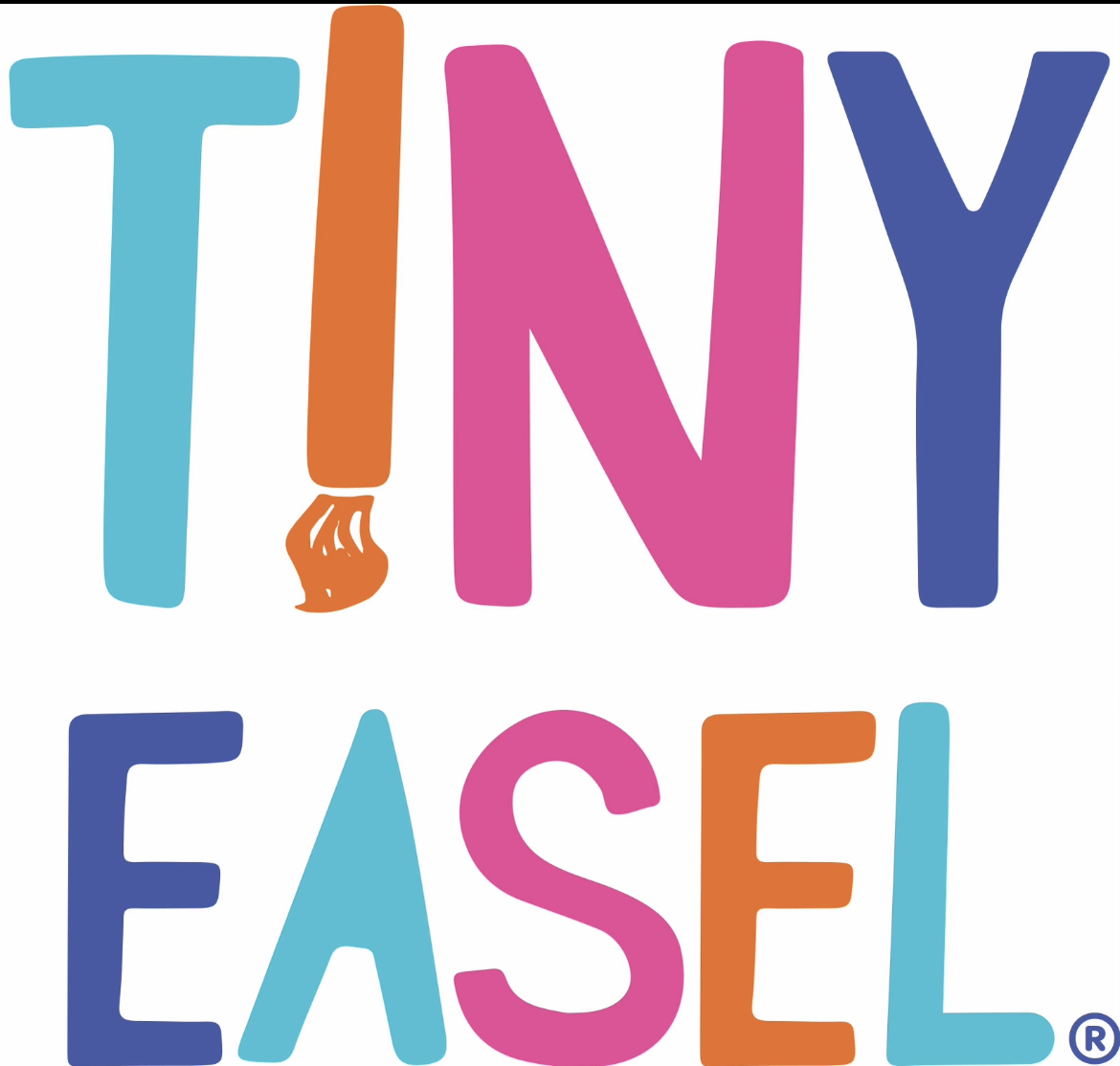Creating a garden that is beautiful, healthy, and, most importantly, easy to maintain is a dream for many gardeners. Whether you have a busy lifestyle or simply don’t want to spend hours caring for your plants, selecting low-maintenance varieties can make all the difference. By choosing the right plants, you can enjoy a flourishing garden that requires minimal effort. This guide provides a list of some of the best plants for a low-maintenance garden, ideal for beginners and seasoned gardeners alike.
Lavender
Lavender is not only one of the most versatile and beautiful plants you can grow, but it’s also one of the easiest to maintain. Known for its aromatic fragrance and vibrant purple blooms, lavender thrives in well-drained soil and full sun. This Mediterranean herb is drought-tolerant, requiring little water once established, and it rarely falls victim to pests or disease. Lavender is perfect for adding color to borders, attracting pollinators, and bringing a soothing atmosphere to your garden.
Sedum (Stonecrop)
If you want a hardy plant that can withstand harsh conditions, sedum is the perfect choice. This succulent is available in many varieties, ranging from low-growing ground covers to tall, eye-catching species. Sedum is incredibly easy to grow and requires very little water, making it ideal for dry, rocky areas. It also produces clusters of tiny star-shaped flowers that attract bees and butterflies, adding beauty and life to your garden without much effort.
Hosta
For a touch of lush, green foliage, hostas are a great addition to any garden. Hostas are perennials that are well-known for their large, leafy appearance and their ability to thrive in shady areas. These plants are low-maintenance and tolerate a wide range of soil conditions. Once established, hostas require very little care, needing only occasional watering during dry periods. Their thick leaves also help suppress weeds, reducing the need for additional maintenance.
Daylily
Daylilies are often referred to as the ultimate “plant it and forget it” flowers. With their vibrant blooms in a range of colors, daylilies are both resilient and beautiful. They can thrive in almost any soil type and are highly tolerant of both drought and temperature extremes. These perennials bloom reliably year after year, and while each flower lasts only one day, the plants produce multiple blooms throughout the summer, giving your garden color with very little effort.
Catmint (Nepeta)
Catmint is a tough, reliable perennial that will bring a lovely splash of blue or purple to your garden. It’s extremely tolerant of poor soil conditions and can handle both heat and drought, making it an excellent choice for low-maintenance gardens. Catmint attracts pollinators, including bees and butterflies, and deer tend to avoid it, which is an added bonus if you live in an area with wildlife. Simply plant it in full sun, and it will reward you with gorgeous blooms for months.
Russian Sage
Russian sage is an excellent choice if you want a plant that adds texture and height to your garden without requiring constant attention. Its long, airy stems are covered with lavender-blue flowers that bloom throughout the summer. Russian sage is drought-tolerant and thrives in well-drained soil, requiring little care beyond occasional pruning to keep it looking tidy. Its silvery foliage adds a unique contrast to your garden, making it a favorite among low-maintenance gardeners.
Coneflower (Echinacea)
Coneflowers are a favorite for gardeners looking for vibrant blooms that come back year after year. These sturdy perennials are drought-tolerant and require very little care once established. They thrive in full sun and attract pollinators, including bees and butterflies. Coneflowers are available in a range of colors, including pink, purple, orange, and yellow, adding a cheerful splash of color to your garden. They are also deer-resistant, making them an ideal choice for those looking to reduce maintenance.
Japanese Forest Grass (Hakonechloa)
If you’re looking for a low-maintenance plant that can add movement and texture to your garden, Japanese forest grass is an excellent option. This ornamental grass thrives in partial to full shade and is perfect for creating a soft, cascading effect in your garden. Japanese forest grass requires very little care—just occasional watering during dry spells. Its bright green or golden foliage adds a lovely contrast to darker-leaved plants and works well in both garden beds and containers.
Yarrow
Yarrow is a hardy perennial that is perfect for gardeners seeking an easy-to-grow plant that produces colorful flowers. Yarrow thrives in full sun and poor soil, and it’s highly drought-tolerant once established. Its clusters of tiny flowers come in shades of yellow, pink, red, and white, providing a burst of color throughout the summer. Yarrow also attracts beneficial insects and pollinators while being resistant to deer and rabbits. This makes it an excellent choice for creating a diverse, low-maintenance garden.
Boxwood
Boxwoods are classic evergreen shrubs that are ideal for adding structure to your garden. These slow-growing plants require minimal pruning to maintain their shape, making them perfect for a low-maintenance landscape. Boxwoods do well in a variety of soil types and can thrive in both sun and partial shade. Their compact, dense foliage makes them excellent for hedges, borders, or even as standalone topiaries. With their timeless look, boxwoods add year-round beauty to any garden without requiring constant care.
Low-Maintenance Gardening Tips
While choosing the right plants is essential, a few simple gardening practices can also help minimize the amount of work needed to keep your garden looking its best. Consider using mulch around your plants to suppress weeds, retain moisture, and add nutrients to the soil. Mulching helps reduce the need for frequent watering and weeding, making your garden easier to manage.
Grouping plants with similar watering needs is another effective strategy for reducing maintenance. By placing drought-tolerant plants together, you can avoid overwatering some while underwatering others. It also simplifies your irrigation routine, as you won’t have to worry about meeting the specific needs of each individual plant.
Lastly, opt for native plants whenever possible. Native species are well-adapted to the local climate and soil conditions, meaning they require less water, fertilizer, and overall care compared to non-native varieties. Incorporating native plants into your garden will not only make it easier to maintain but will also support local wildlife and pollinators, contributing to a healthier ecosystem.
Creating a low-maintenance garden doesn’t mean sacrificing beauty or variety. With the right plants and a few strategic gardening techniques, you can enjoy a vibrant, thriving garden without the constant upkeep. Whether you’re an experienced gardener or just starting out, these plants and tips will help you create a stunning outdoor space that you can enjoy year after year—with minimal effort.








